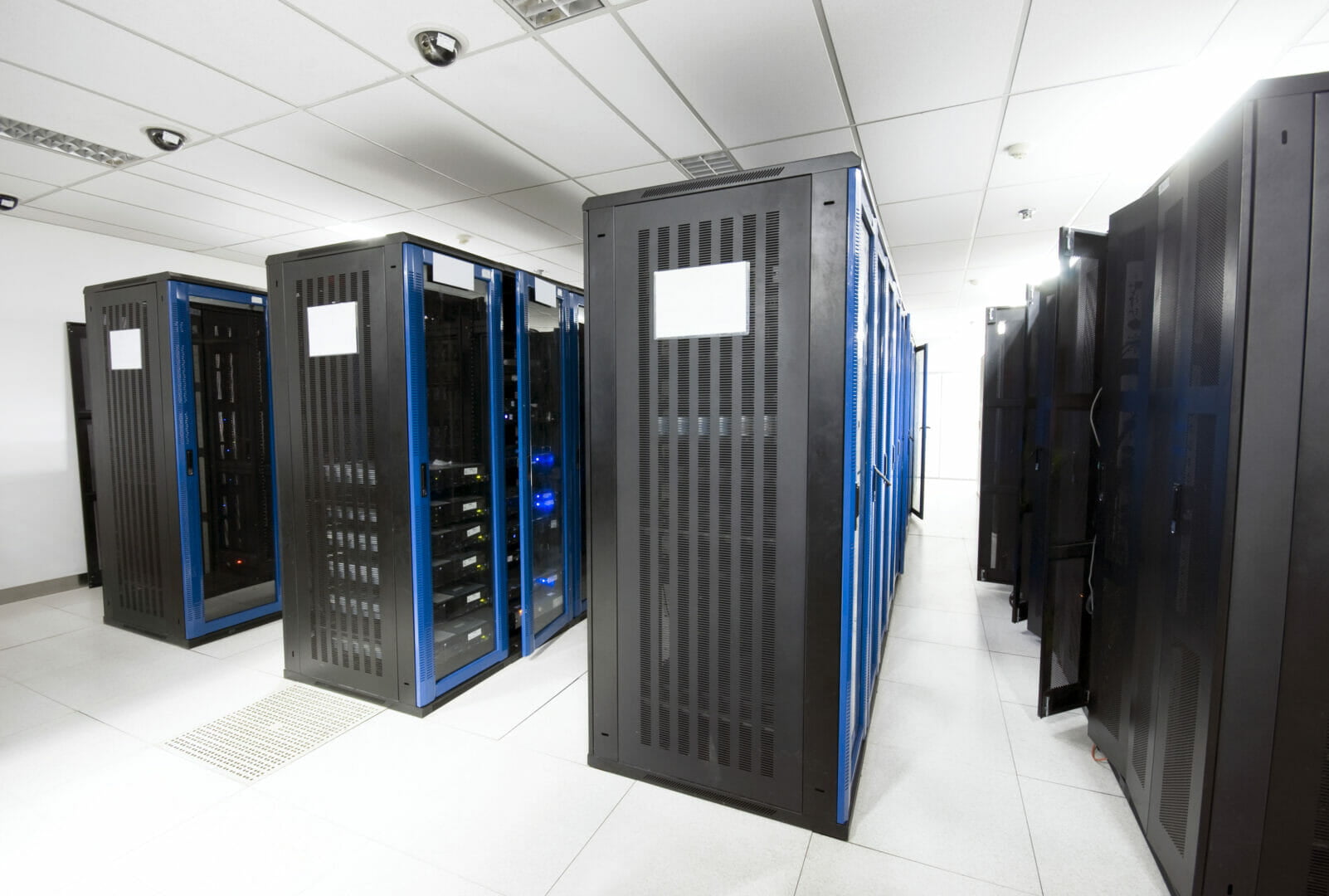When your building houses a data center, having the ability to control the thermal environment is a top priority. Heat is a major concern when designing a data center. There are many heat sources that can affect data center performance, but exhaust is a source that is often overlooked. Heated exhaust can negatively affect emergency generators, cooling towers, and air handler units. Avoiding unwanted thermal effects requires knowledge on how the various hot exhaust sources located throughout the facility will behave. We have the expertise to help.
How Heat Affects Data Centers
Generators and radiators produce hot exhaust that can recirculate back into nearby air intakes, creating potential air quality concerns, increasing dry and wet-bulb temperatures, and decreasing their operating efficiency, potentially leading to a shut down or even damaging equipment.
Recirculation of this heated exhaust can trigger either a derating of its capacity, or an automatic shutdown of the diesel generators to avoid overheating. Indoor air quality can suffer from exhaust that is brought in through the air handlers. Effluent from cooling towers can also recirculate into the air handler intakes, increasing wet-bulb temperature and decreasing their operating efficiency or backing into nearby cooling towers, reducing their cooling capacity. This creates a double whammy on the cooling system, increased thermal loads at the air handler units, and decreased capacity of the cooling system.
How Can You Avoid These Heat and Air Quality Risks in Your Data Center?
First, you need to know how the wind will affect the exhaust plumes and intake concentrations. When you understand the wind environment, you can adjust your design by rightsizing equipment, optimizing the placement of emission sources, and/or moving intakes to minimize the adverse recirculation thermal and air pollutants.
At CPP Wind, we bring decades of knowledge and experience to each project. We understand how wind and exhaust interact, so our analyses and recommendations will help you avoid risks that can threaten the efficient, reliable operation of your data center.

